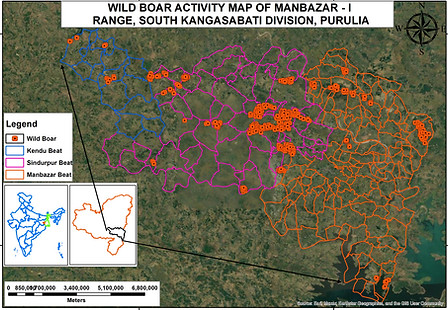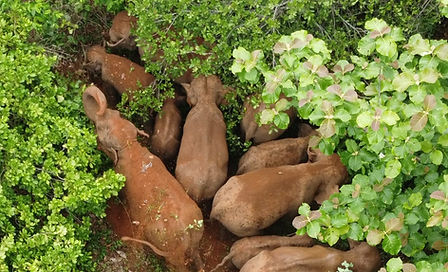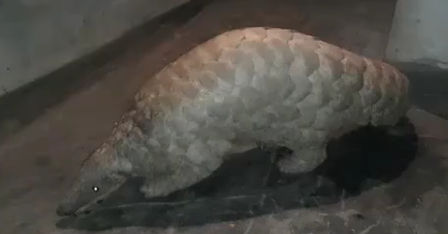WHAT IS BIODIVERSITY MONITORING?
Biodiversity monitoring provides guidelines for decisions on how to manage biological diversity in terms of production and conservation. Monitoring determines the status of biological diversity at one or more ecological levels and assesses changes over time and space. The quality of this monitoring reports and data interpretation are vital in conservation planning and species recovery programs. Our field teams are working in different landscapes of India to provide us detailed report which are used in the conservation programs.
We conduct our monitoring programs through various process in our study area to get proper and detailed data with keeping different factors as our parameter. Let us discuss on these processes,
Habitat Monitoring:
Our field team are assigned to survey the habitat periodically in a systematic method. This survey includes Line Transact, Point Transact, Quadrate Transact methods along with sign survey, camera trapping, scat encounter rate and direct sighting process. Keeping multiple factors (such as time, temperature, elevation, altitude, avg wind speed etc.) we execute our habitat survey. All the gathered documents are properly kept by our field team which are provided to our research team systematically.

Measuring Elephant Footprint in Mahilong Kalimati Corridor
Fringe Area Monitoring:
This method is used to understand the wildlife movement outside the forest area. Our team is strategically designed the night monitoring locations (spots) to monitor the movement of the wildlife at night. Capturing this movement along with its activities help to design the movement pattern and necessity of the movement. Majorly, because of two reasons this activity took place. one is food crisis and the other is migration. All the collected data was properly provided to our research team systematically.

First Sighting of Honey badger near a waterbody close to villages in Purulia West Bengal
Zonal Monitoring:
This is another method under which we basically monitor the wildlife activity in a particular zone or habitat. Their movement, habitat utilization, habitat management and inter species relation inside the habitat (zone). Under this monitoring method, basically all the species are thoroughly monitored inside the zone. All of their behaviors are properly noted and documented with photographic evidence (as much as possible). All the collected data are properly provided to our research team for further analysis.

Monitoring Zonal Biodiversity of a Forest Patch in Jhargram, West Bengal
GIS Based Monitoring:
This is our first technology-based monitoring system to monitor the wildlife inside its habitat. Under this method we can predict the future conservation threats of any animal along with understanding the hazards or difficulties they face inside their current habitat. This monitoring not only helped us in conservation planning but also helped in understand their habitat utilization throughout the year. This recorded data helped to understand the animal behavior.

Activity of Wild Board in Manbazar 1 Range of Kangsabati South Division
Drone Monitoring:
Currently this is our second Technology based monitoring program. Under this program we are currently monitoring the elephants in few habitats to understand their habitat utilization inside the forest areas without disturbing the species or herd. In this program we get live data of elephants which can be stored and watch multiple times to study their behavior and communication patterns. This data are still now one of the most detailed data we get from the monitoring work. Proper analysis of this data might bring many new behaviorial insights.

Elephant Monitoring in Dhenkanal Forest Division, Odisha
Species Monitoring:
Species wise monitoring is also another way to understand the activities of one particular species inside an ecosystem. This monitoring process helps us in analyze the behavior, ecology and habitat utilization of the particular species. Moreover, this process also helps us to understand the current threats on them along with predict the future threats on them. The overall data we collect from this monitoring directly helps us in the Conservation Works of that particular species.

Pangolin Rescued from a Human Settlement, later Released in Koraput, South Odisha






